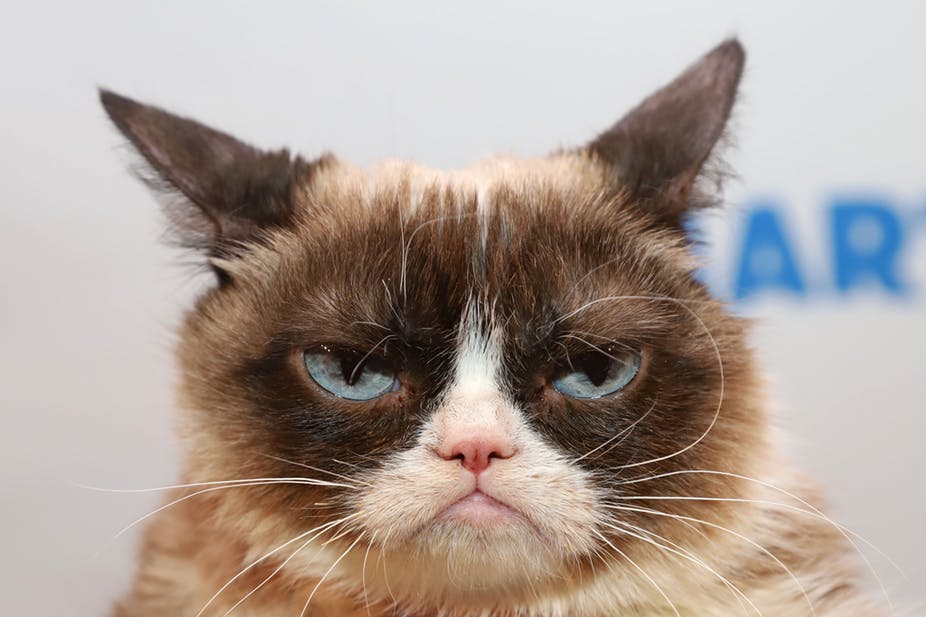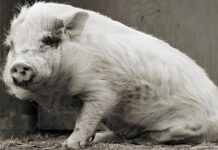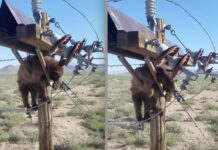When the world-famous Grumpy cat scowled us with memes, little did many of us know that Grumpy cat suffered an affliction that stunted her growth. Just like most cats, Grumpy’s eyes were the windows to her soul, and perhaps her demeanour was telling us something else.
With our four-legged fur babies, recent research suggests their eyes and facial expressions might express themselves in ways otherwise not contemplated until now. Scientists now believe an animal’s face can tell us about their specific intentions and feelings.
The “grimace scale” has been a way to measure pain in animals in the past. While mice were original “study bunnies” for these areas of research, they developed similar scales rating no pain through to moderate and severe pain for domesticated animals, including horses, sheep, and cats.
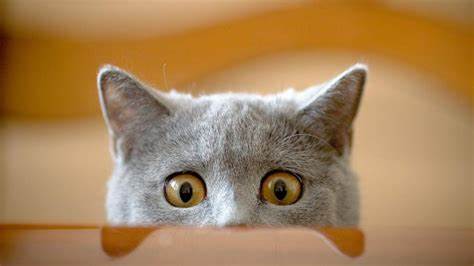
Like humans, most of the species studied change their expressions in similar ways when experiencing pain. Their eyes become squinted, and tension appears in their central features of mouth, nose, and cheeks.
The most recent studies published in Applied Animal Behaviour Science have developed the facial expression scales so we can better understand how to recognise and manage pain for an animal’s welfare.
The limitations we face tend to come from the extrapolation of what we already know about human faces, however the studies show that animals have a different facial musculature that is used inversely to us.
How to Interpret Your Four-Legged Feline
Cats are renown for keeping to themselves. They are notoriously difficult to assess when unwell, and more often than not, their solitary personalities make it troublesome to determine if they’re uncomfortable. Hiding and a quiet demeanour are common or they may carry on as though healthy.
Because the facial expressions of a cat are slight, it’s difficult to analyse. And it is because of this there’s a growing interest in using a machine that can automatically detect subtle muscular differences that gives a cat an expression.
A recent study developed an approach to focus more on the cats’ expressions using a technique reserved for measuring bones. As a result of the automatic detection of facial expressions, The Conversation annotated around 1000 images of cats’ faces to establish a comparative position of their facial muscles.
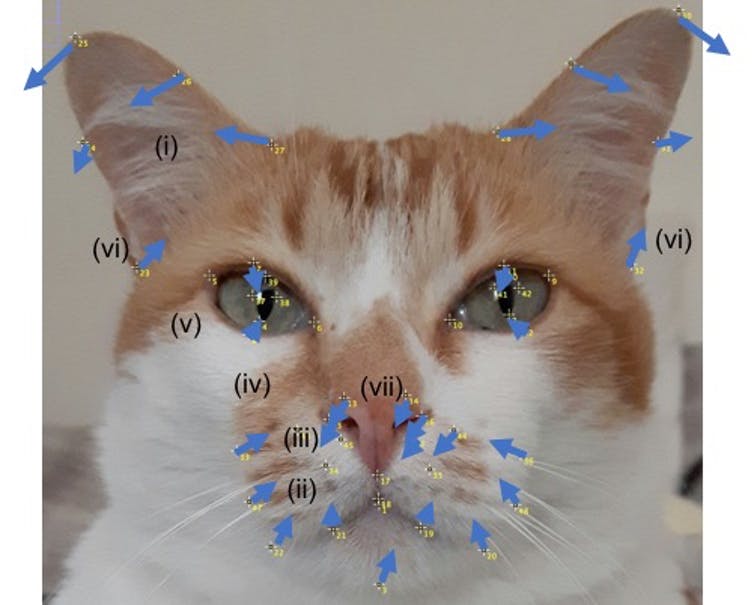
“We annotated almost a thousand pictures of cats’ faces based on the relative position of their underlying facial muscles and knowledge of how their faces change shape as their muscles contract and relax.
Differences in their faces before and after routine surgery were then compared to identify expressions associated with pain.”
And here’s what they found when a cat is in pain:
(i) The ears narrow and set further apart.
(ii-iv) The mouth and cheek areas appear smaller, draw in towards the nose and up towards the eyes.
(v) The eyes slightly narrow or become more squinty.
(vi) The cat’s outer ears subtly change shape, with their right ear narrowing slightly and positioned further down the side of their face.
(vii) The nose angles slightly to the left side of their face and positions towards the mouth and away from the eyes.
These cues are very subtle, however, and according to the Conversation, can easily be missed. But the positive to be taken from all of this is that although subtle, if you know what to look for, it can help to assess if there really is a problem.
